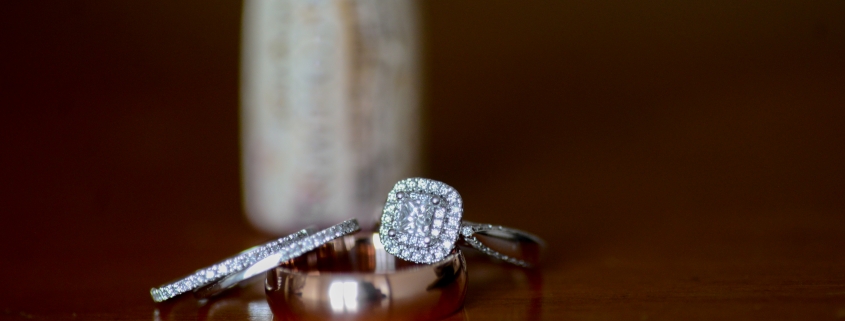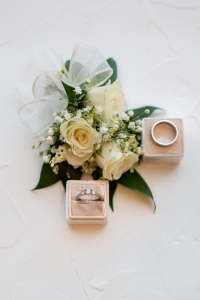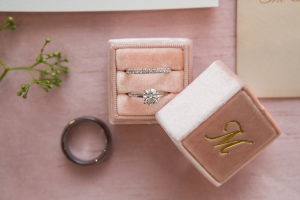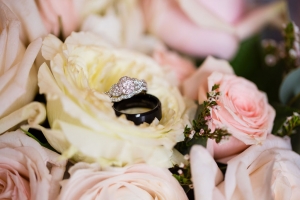Circle of Love
“With this ring, I thee wed” is commonly heard during the exchange of vows at a wedding ceremony.
The wedding ring has been an emblem of love through time, an agreement between two parties to love and cherish one another for the rest of their days. A round ring, with no end and its opening representing a gateway to the unknown, welcomes the newlyweds to an unexplored life ahead and serves as a powerful symbol of eternity.
It is believed that the first examples of wedding rings were found in ancient Egypt. Relics dating back to about 6,000 years ago provide some evidence of the exchange of braided rings of hemp, reeds, leather and stone between spouses. The ancient Egyptians considered the circle to be a symbol of eternity, and the ring served to signify the perpetual love of the newly wedded couple. This is also where the custom of wearing the wedding ring on the ring finger of the left hand began. The ancient Egyptians believed that this finger had a special vein, the vena amoris, which was connected directly to the heart. This belief continues to be recognized in western cultures and is the main reason the engagement and wedding rings are worn on the fourth finger, referred to as the ‘ring finger’, on the left hand. However, there are some cultures and religions where the ring is worn on the right hand since that is the hand used for oaths and vows. And then there are countries where couples wear plain bands as engagement rings on one hand, and then switch them to the other hand once married.
While the history of wedding rings is interesting, the different styles of rings and materials takes us on quite the journey. Signet, Lovers Head, Fede, Claddagh, Posy, Gimmel, Jewish Marriage and Diamond are some of the more historically significant styles. Each one has deep religious or cultural meaning and unique qualities.
The wedding ring is quite possibly the most recognizable symbol of marriage. After all, wedding rings are designed to last forever and many are passed down through generations. They often become heirlooms and are intimately connected to personal or family history. Whether you choose something simple or ornate, wear it on your left hand or right, it’s your marriage, you get to have fun determining what works best for you.
Photos courtesy of: http://j-ellisphotography.com/; https://www.ameighphotography.com/; http://www.jessryderphotography.com/







